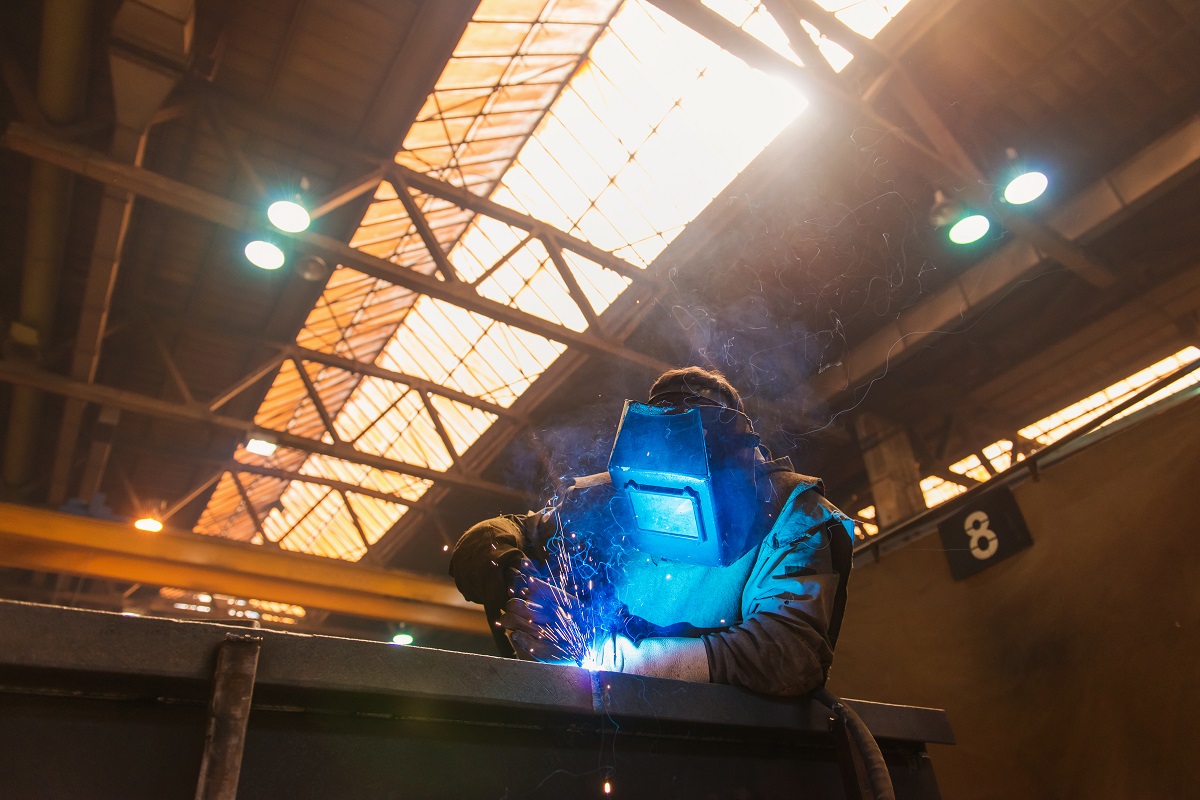Mastering the Art of Welding: Just How to Avoid Undercut Welding Issues for Flawless Construction Outcomes
Performance and accuracy are critical on the planet of welding, where even the tiniest imperfection can jeopardize the architectural integrity of a produced item. One common difficulty that welders face is damaging, a defect that can deteriorate a weld joint and lead to costly rework. By comprehending the origin causes of undercut welding and executing reliable techniques to stop it, welders can raise their craft to brand-new degrees of quality (Preventing weld undercut). In the pursuit of flawless construction outcomes, understanding the art of welding to stay clear of undercut issues is not just a skill however a need for those pursuing perfection in their work.
Understanding Undercut Welding

To avoid undercut welding, welders ought to make sure appropriate welding specifications, such as changing the present, voltage, traveling speed, and preserving the appropriate electrode angle. By comprehending the causes of undercut welding and executing preventive steps, welders can achieve premium, structurally sound welds.
Root Causes Of Undercut in Welding
Recognizing the factors that contribute to damage in welding is important for welders to create high-quality, structurally sound welds. Poor welding wrong or current welding rate can likewise add to damage. Recognizing these causes and applying correct welding strategies can help protect against damaging issues, guaranteeing solid and resilient welds.
Techniques to stop Undercutting

To mitigate the risk of undercutting in welding, welders can utilize calculated welding strategies focused on enhancing the quality and integrity of the weld joints. One efficient technique is to change the welding specifications, such as voltage, existing, and take a trip rate, to make certain correct heat input and deposition. Maintaining a suitable electrode angle and ensuring consistent travel speed can also help prevent undercut. Additionally, using the correct welding technique for the details joint arrangement, such as weave or stringer grains, can add to lowering damaging. Preventing weld undercut.
Utilizing back-step welding techniques and managing the weld grain profile can likewise aid distribute warm equally and reduce the threat of undercut. Regular assessment of the weld joint throughout and after welding, as well as executing high quality guarantee steps, can help in detecting and attending to damaging concerns promptly.
Significance of Appropriate Welding Criteria
Selecting and maintaining proper welding criteria is essential for achieving successful welds with very little flaws. Welding criteria describe variables such as voltage, current, travel speed, electrode angle, and shielding gas flow rate that directly affect the welding procedure. These criteria have to be carefully adjusted based on the sort of material being welded, its thickness, and the welding technique employed.
Proper welding specifications guarantee the ideal quantity of warm is used to melt the base metals and filler material consistently. If the specifications are set expensive, it can result in extreme warm input, causing distortion, burn-through, or spatter. On the various other hand, if the criteria are also reduced, incomplete fusion, lack of infiltration, or damaging may occur.
Quality Guarantee in Welding Operations

Verdict
To conclude, grasping the art of welding requires a comprehensive understanding of undercut welding, its causes, and methods to stop it. By making sure correct welding parameters and implementing quality control methods, perfect fabrication results can be attained. It is vital for welders to consistently pursue quality in their welding operations to moved here avoid undercut concerns and produce top quality welds.
Undercut welding, an usual problem in welding procedures, happens when the weld steel doesn't effectively fill the groove and leaves a groove or depression along the bonded joint.To avoid undercut welding, welders need to guarantee correct welding parameters, such as changing the existing, voltage, travel rate, and keeping the appropriate electrode angle. Insufficient welding wrong or current welding speed can likewise add to undercut.To reduce the danger of damaging in welding, welders can employ tactical welding strategies intended at improving the top quality and integrity of the weld joints.In final thought, mastering the art of welding needs a thorough understanding of undercut welding, its causes, and methods to prevent it.
Comments on “Preventing Weld Undercut: Proven Methods Every Welder Need To Know”